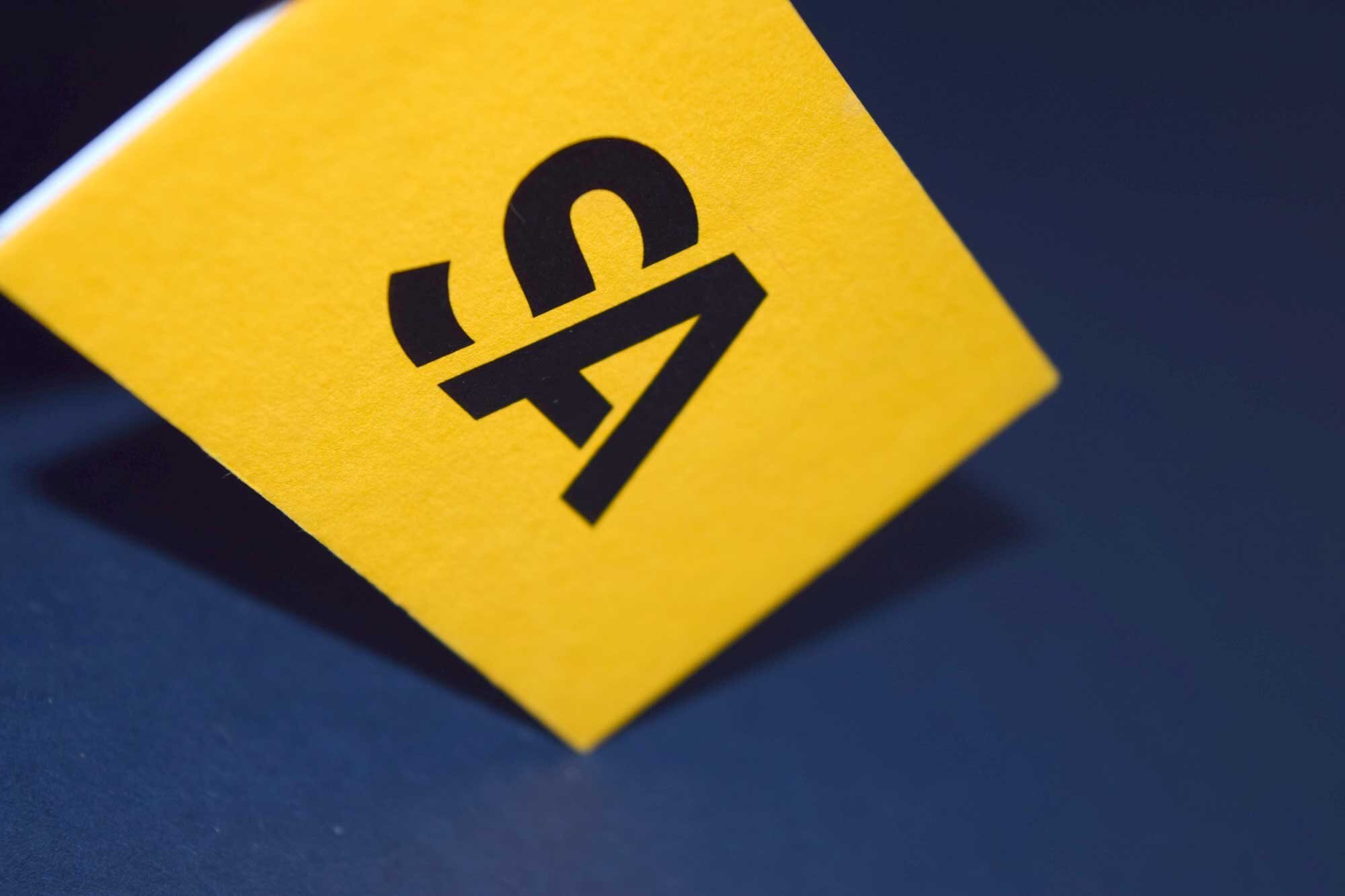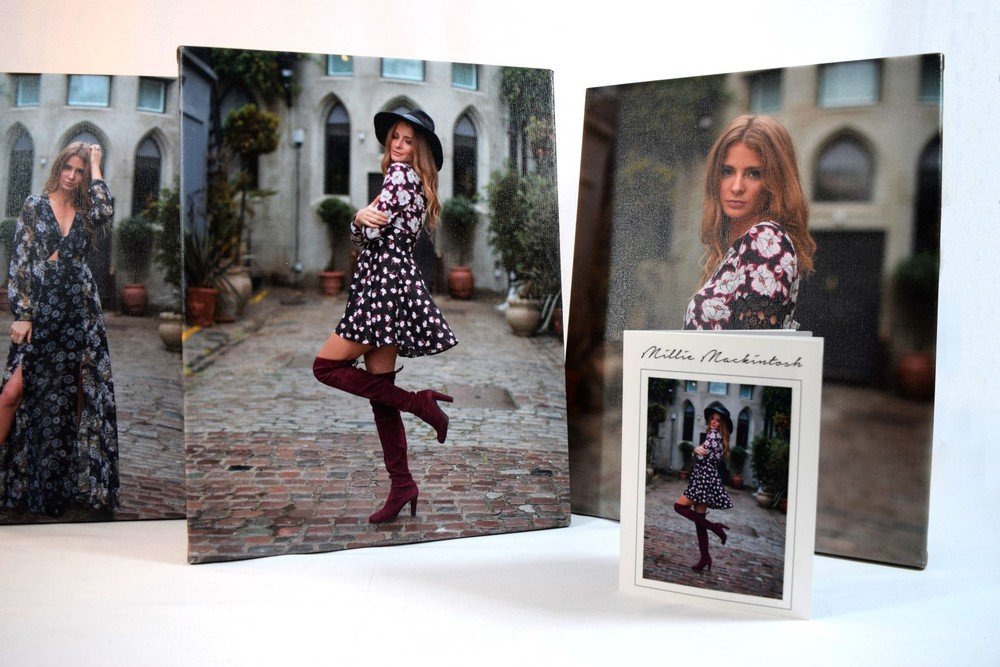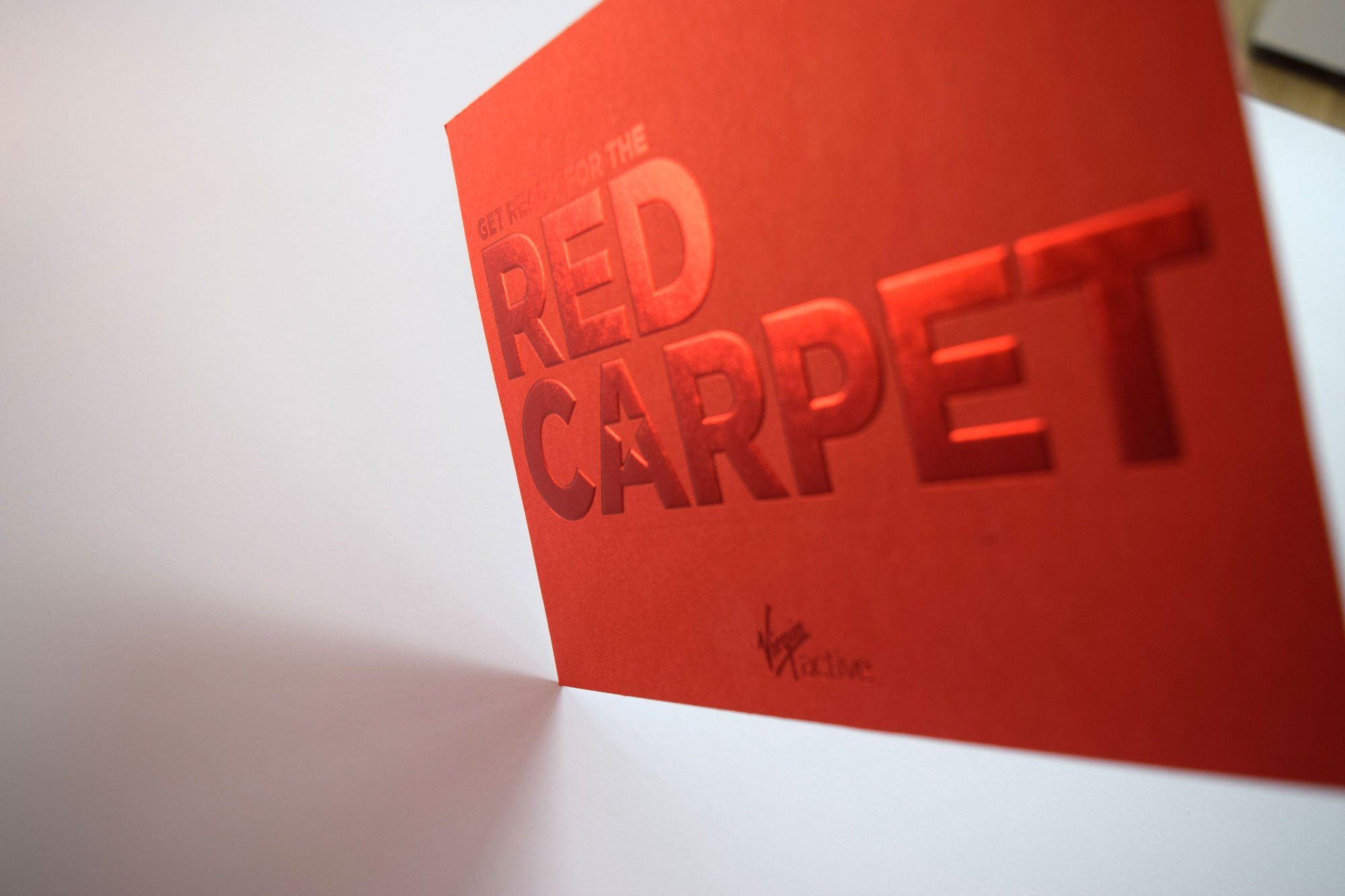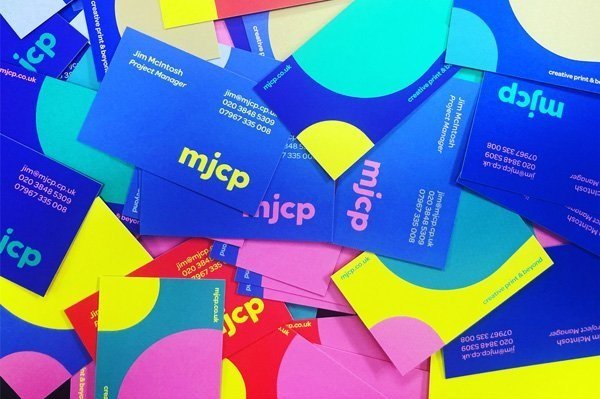BUSINESS CARDS
What Clients Say About Us
Bespoke Business Cards To Help You Stand Out:
Business cards are small cards that contain information about an individual or a company, typically used as a means of exchanging contact information. They usually include the person's name, job title, company name and logo, phone number, email address, and website. Business cards are often used in professional settings such as networking events, business meetings, and conferences.
They serve as a physical reminder of a professional encounter and can help establish and maintain business relationships. We at More Juice strive to break the mould, and create something a little different for all our clients. Using interesting materials, finishes, embossing and foiling techniques and even specialist metallic inks, we can help you stand out from the crowd, and jump off of the page.
FAQs
-
Business cards are important because they provide a tangible representation of your brand and contact information. They also serve as a professional and convenient way to exchange information with potential clients, customers, and colleagues. Having a well-designed and memorable business card can help you stand out in a sea of competitors and make a lasting impression on those you meet. Additionally, business cards can serve as a networking tool and help you build relationships with others in your industry or field.
-
A business card should typically include your name, job title or position, company name and logo, phone number, email address, and website or social media handles. You may also choose to include your physical address or any relevant certifications or awards. It's important to keep your business card simple and easy to read, while also making sure it accurately reflects your brand and the services or products you offer. You may also want to consider incorporating a unique design or visual element that helps your card stand out and makes it memorable to those who receive it.
-
The standard size for a business card is typically or 85mm by 55mm. This size is widely recognized and accepted in most countries and is the most common size used for business cards. However, there are variations in size and shape that can be used to create a unique and memorable card. For example, you may choose a square or circular card that stands out from the traditional rectangular shape. It's important to keep in mind that while a unique size or shape can be eye-catching, it may also make it difficult to store or carry the card in a standard cardholder.
-
Yes, there are several rules and guidelines to keep in mind when designing a business card. Here are a few:
1. Keep it simple: Avoid cluttering your card with too much information or design elements. Keep the design simple and easy to read.
2. Use legible fonts: Choose fonts that are easy to read and avoid using too many different fonts. Stick to one or two fonts that complement each other.
3. Make it professional: Your business card is a reflection of your business, so make sure it looks professional and high-quality. Use high-quality paper or cardstock and consider adding finishes like embossing or foil stamping.
4. Make it memorable: Consider incorporating a unique visual element or design that sets your card apart from others.
5. Keep it standard size: Stick to a standard size (3.5 inches by 2 inches) so that your card fits easily into traditional business card holders.
6. Use appropriate colors: Choose colors that are appropriate for your business and complement each other. Use colors that are easy on the eyes and not too bright or distracting.
7. Ensure accuracy: Double-check all information on your card to ensure accuracy. Make sure your contact information is correct and up-to-date.
Following these guidelines can help ensure that your business card is effective, professional, and memorable.
-
It's always a good idea to carry a sufficient number of business cards with you so that you don't run out when you need them. The number of cards you carry will depend on how often you network or attend events where you'll be meeting new people. A good rule of thumb is to carry at least 50 to 100 business cards with you at all times. However, if you're attending a large conference or event, you may want to bring even more. Also, make sure to replenish your card supply periodically so that you always have enough on hand.
-
There are many ways to make your business cards stand out from the others. Here are some ideas:
1. Use a unique shape or size. Instead of the standard rectangular card, consider using a circular or square card.
2. Use high-quality materials. Choose a thick cardstock or opt for a textured finish to make your card feel more premium.
3. Incorporate eye-catching visuals. This could be a bold color scheme, a striking image, or a unique logo.
4. Use creative typography. Play around with different fonts and sizes to make your card more visually interesting.
5. Add a personal touch. Consider including a handwritten note or a personalized message on each card.
These are just a few ideas to get you started. Ultimately, the key is to make your card stand out while still remaining professional and easy to read.









More questions? No worries, we would love to talk to you!

